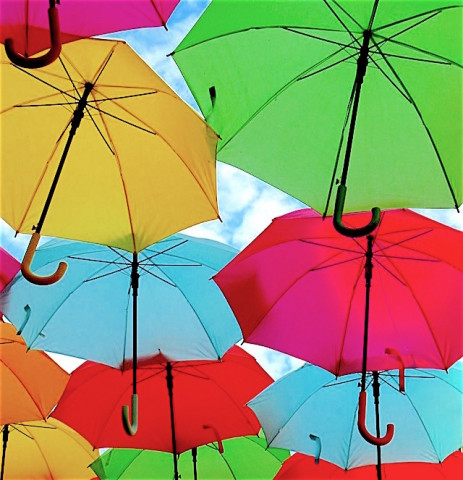Amplifying Color Reactions
1 + 1 = ?
1 + 1 = ?
Strzalkowski, and Lewicka study how social forces influence color preferences. They report that “Pastelosis is a phenomenon that originated in Poland in the 1990s as a reaction to the gray color of modernist settlements that dominated communist urban spaces. This is manifested in changing the building façades through the introduction of pastel colors and their compositions. Critics of pastelosis attribute its popularity to the low level of architectural taste among the Polish population.

Neuroscientists have a nuanced understanding of how humans experience different surface colors. Neuroscience-informed color selections make achieving design objectives more likely, enriching human physical and mental health, wellbeing, and cognitive performance.
Ties to evaluations and interpretations
Forrester and colleagues studied how being a fan of a team influences responses to that team’s team colors. They report that “This study aims to empirically test whether identifying as a supporter of either New South Wales (NSW) or Queensland (QLD) rugby league teams influences the extent that their respective team colors blue and maroon are associated with positively and negatively valenced words. . . . NSW supporters were faster and more accurate when categorizing positive words presented in blue than maroon font and negative words in maroon than blue font.
Dark-to-light or light-to-dark
Khoury reports on a practical reason to paint surfaces a saturated shade of yellow, one that likely influences space user wellbeing. Khoury shares that “Flies are more than a nuisance. They are the carriers and transmitters of numerous diseases, including particularly dangerous ones such as cholera, typhoid, and gastrointestinal illnesses. . . . In hot, humid countries like Indonesia, flies are a part of everyday life. . . . Many school canteens are open-air, making it even easier for flies to access the food. . . .
Research continues into how languages communicate information about colors seen.

Shades to get the job done, whatever the goal
Why blue? When blue?